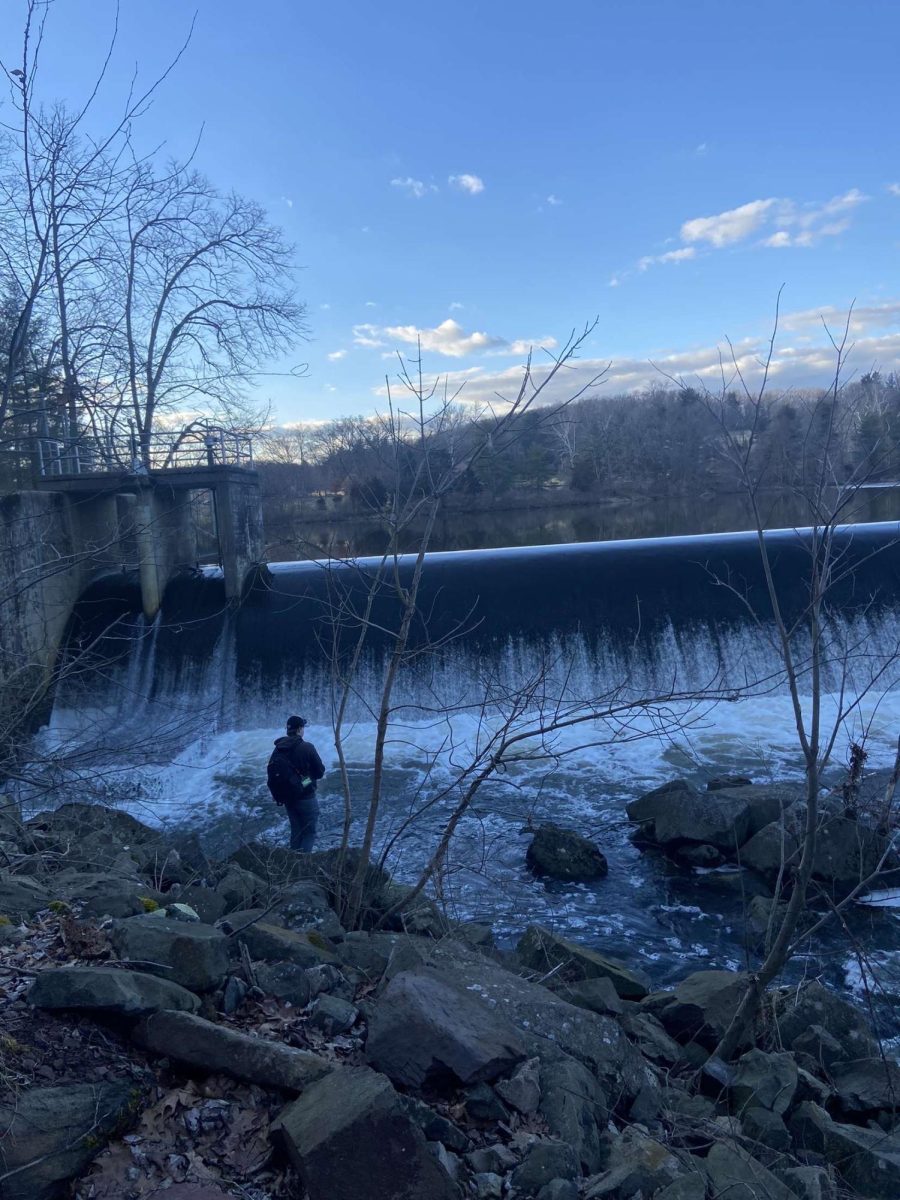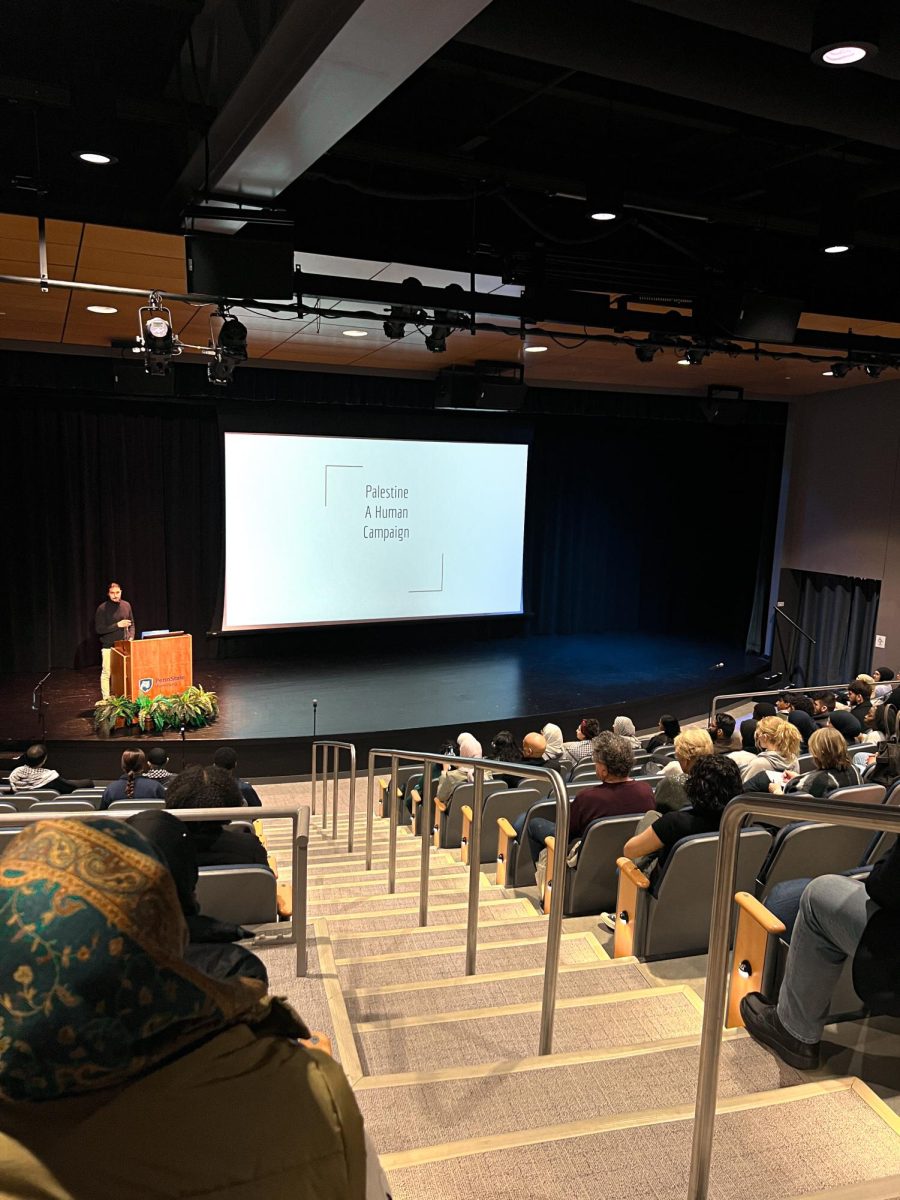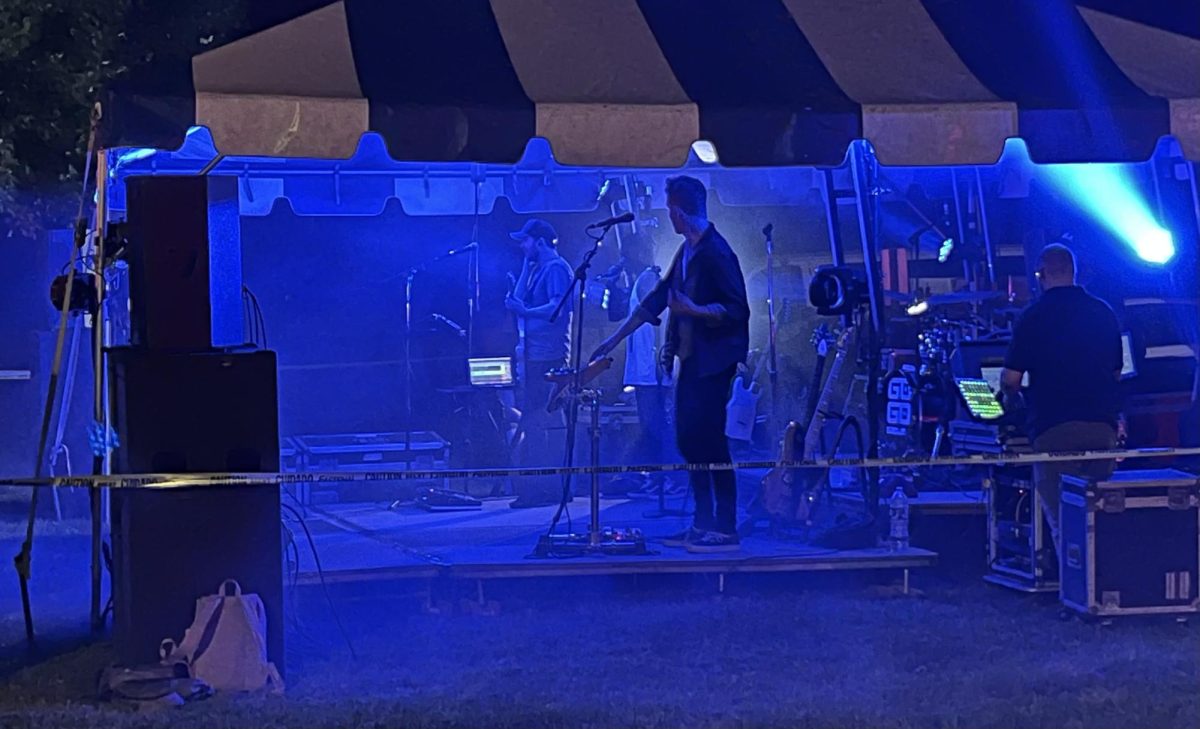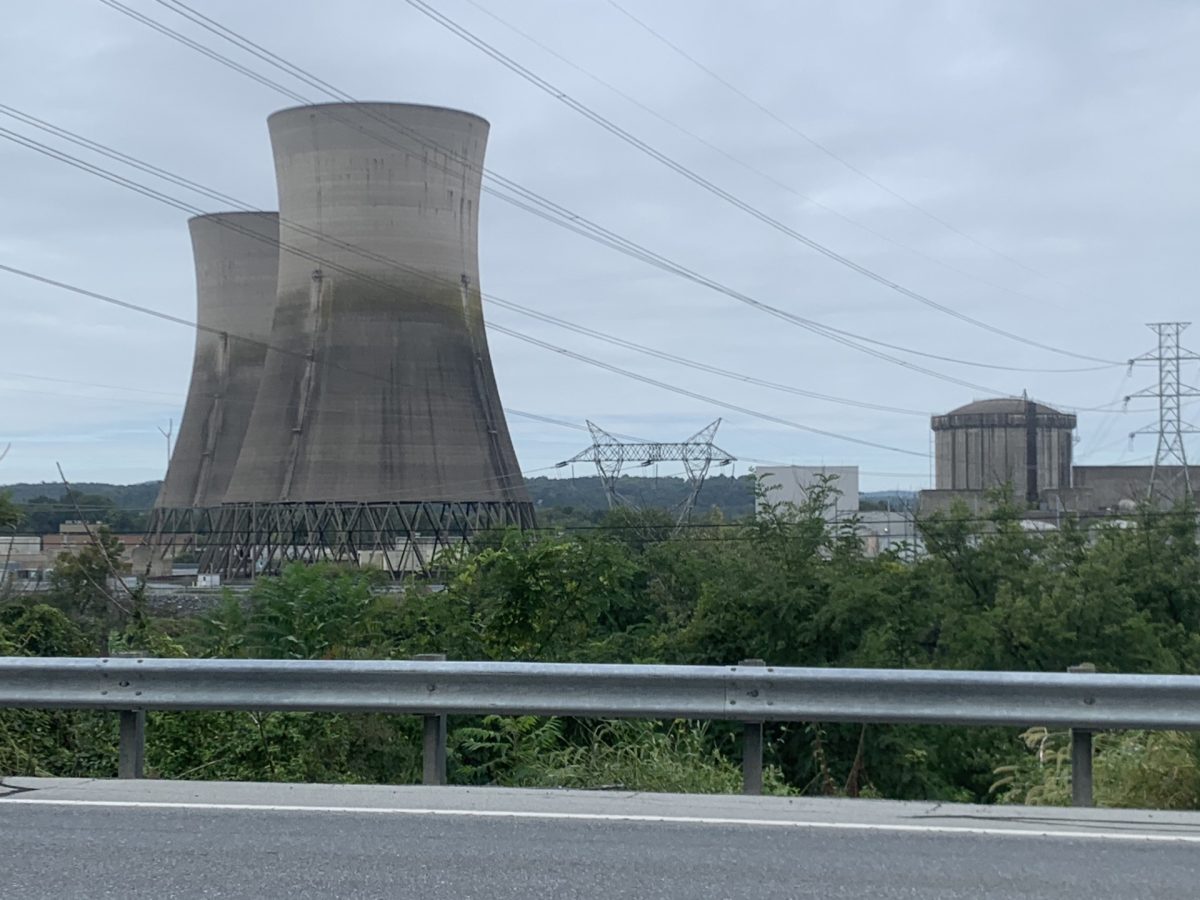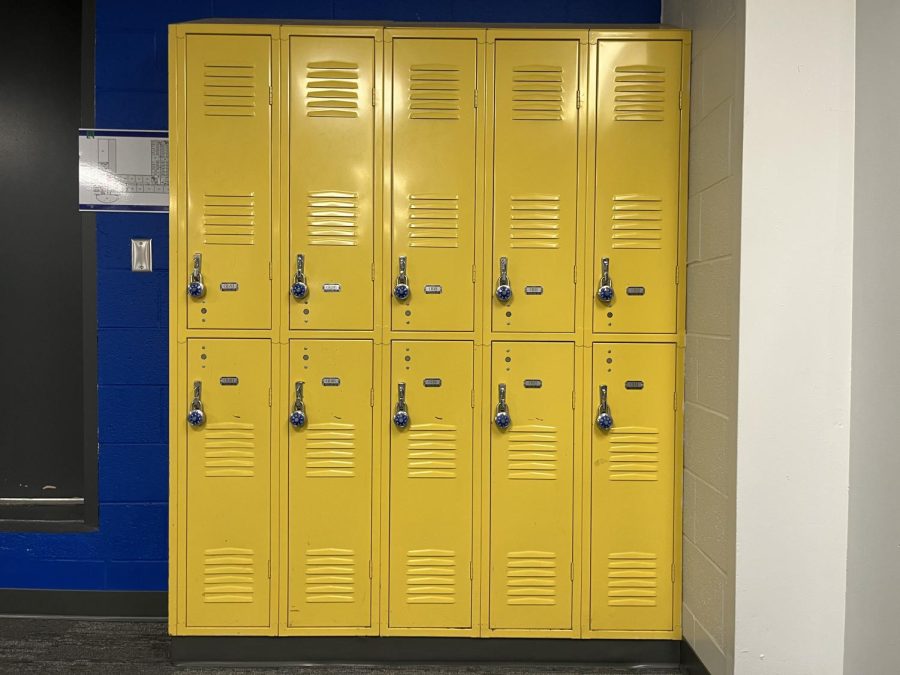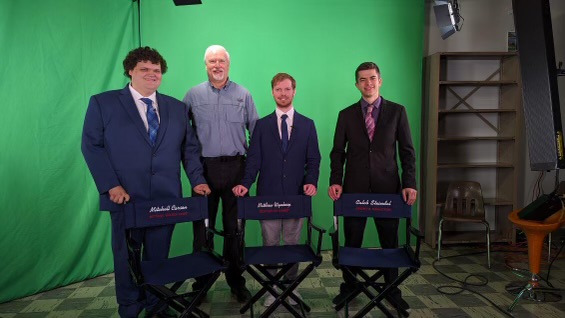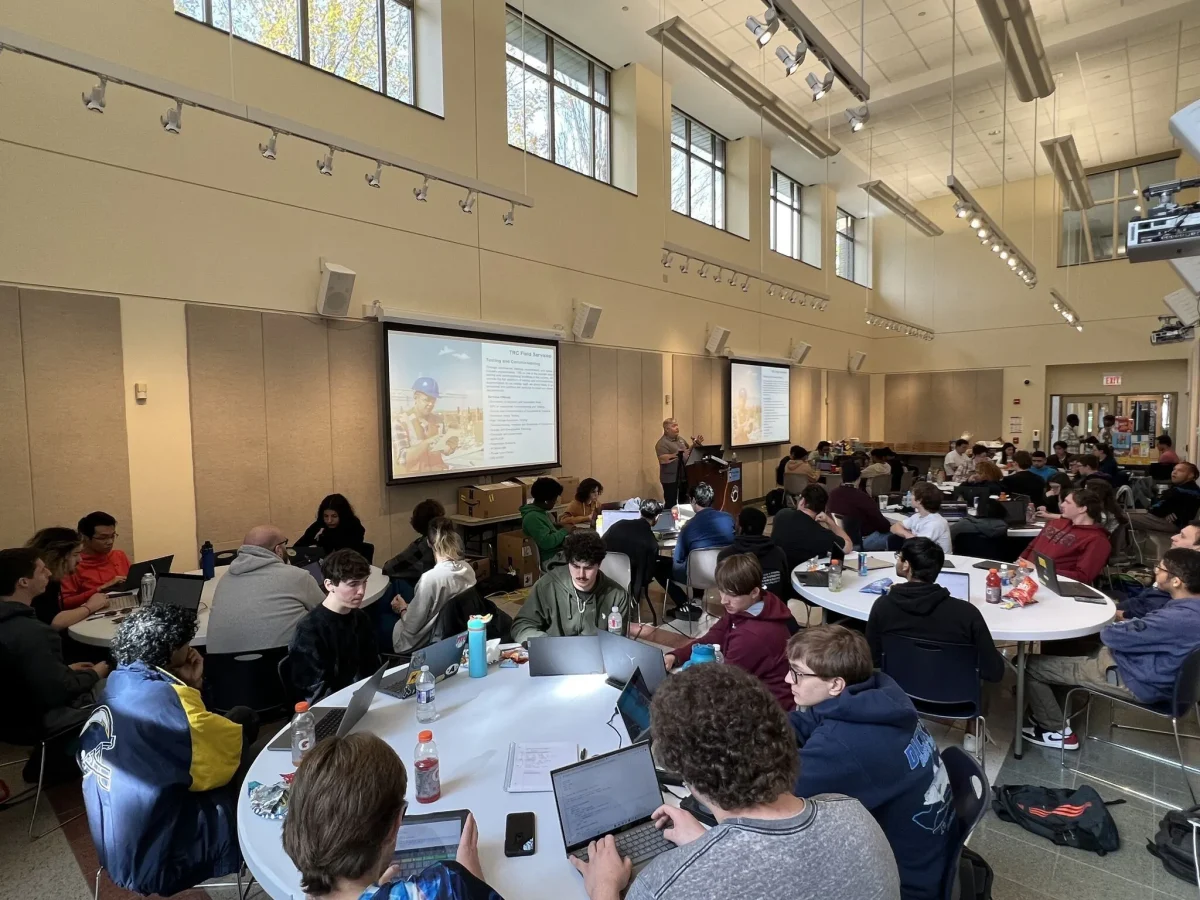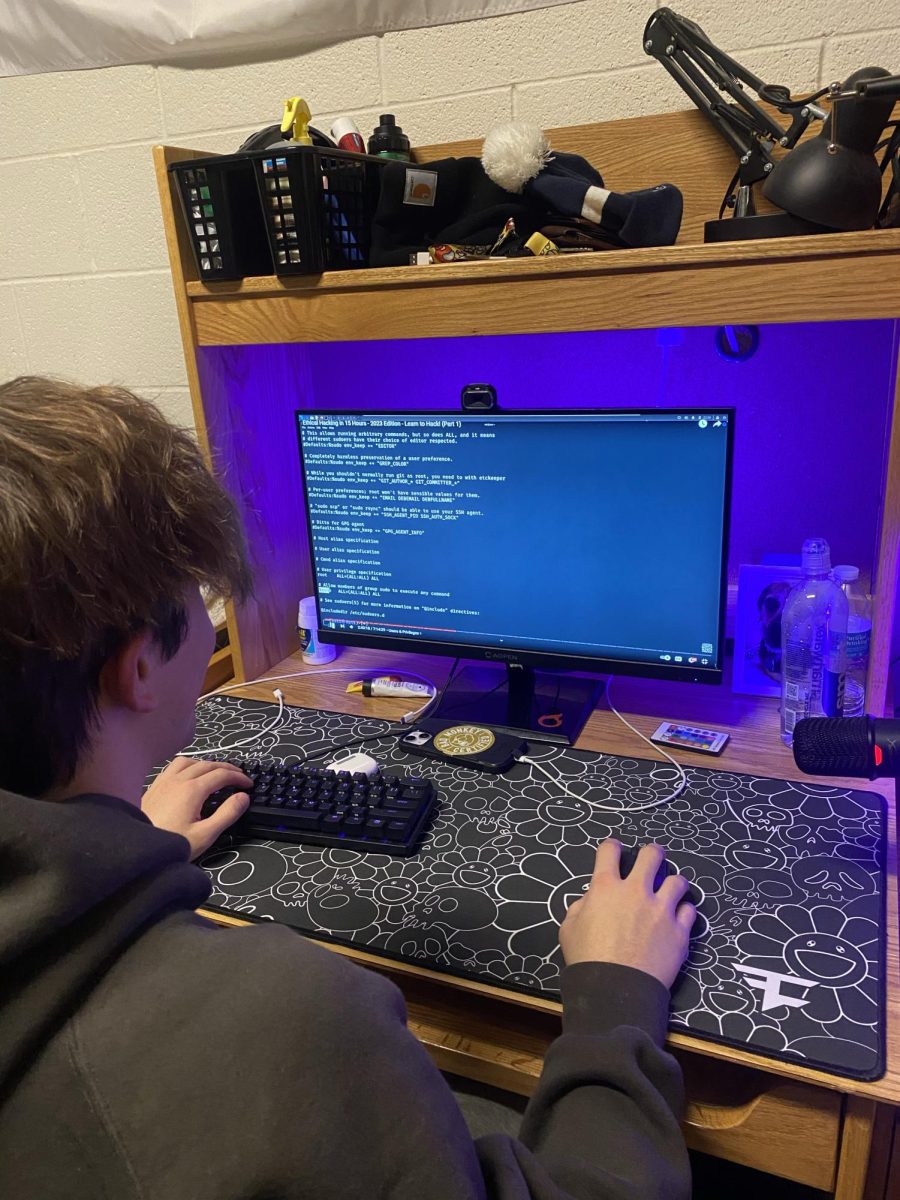Throughout the 1950s to the early 1960s, Americans were told that nuclear power was a perfect energy source and viewed as a cheaper source of energy to produce electricity than oil and coal. The original motto was it would be too cheap to meter. The popularity of nuclear power grew in 1973 when inexpensive oil was considered a thing of the past. In 1974, America had a total of 43 nuclear power plants and another 104 were under construction.
On March 28, 1979, the view of nuclear power changed after an accident at the Three Mile Island Nuclear Power Plant, located right down the river from Penn State Harrisburg. At 4:00 A.M. that morning a water pump malfunctioned, and the reactor shut itself off as it was designed to do. According to the Nuclear Regulatory Commission, it was not identified by operators, leading to overthinking and human error. The water pump failed to reclose which caused it to go into the reactor, resulting in the partial meltdown. It was the worst nuclear accident in American history. Since the accident, the Susquehanna Valley and the rest of America has been divided on nuclear power.
After the accident, Unit 2 was permanently shut down, and its companion, Unit 1, continued to produce electricity until Three Mile Island was permanently closed on September 20, 2019. This eventually led to the decommissioning process of the plant.
Penn State Harrisburg held a briefing on the dismantling of the Unit 2 reactor. Since the decommission process began, the public has had concerns about the dismantling of the damaged reactor. Frank Eppler, Deputy Director for the TMI 2 Project, is excited for the dismantling and ensured the public there is nothing to be worried about.
“Our project staff is excited to work on this project. We’re excited when the community gets involved. We are excited about it but we know there are also concerns within the community.” Eppler stated.
Throughout his speech, Eppler covered the history of Unit 2 along with the process that has been executed as well as what still needs to be done. Eppler then got into the phases of decommissioning the reactor.
“This overall project is broken up into three phases. The first phase has two parts to it…we are in Phase 1a that was the planning and getting ready and ultimately getting permission from the Nuclear Regulatory Commision to enter phase 1, which allowed us to start physical work on the decommissioning…” Eppler said.
“In reality, 99 percent of the radioactive source from TMI 2 was taken away in the 80’s and early 90’s.” he added.
The most significant piece of information covered at the event was monitoring the radiation.
During the accident, residents were forced to evacuate, fleeing from something they could not see, hear, touch, or smell. It turned out to be radiation that was released from the plant.
“Radiation monitoring is a huge piece to this…Everybody wants to know how do we keep the contamination, keep the radiation where it is and, ultimately, we process it and send it off site,” Eppler continued.
“Radiation monitors are the key to that. We have enormous amounts of monitoring around…We have an alarm system that sets it off if there’s any issues. So far we have had no issues,” he added.
“I don’t anticipate our processes have been very robust…We do have and we are required to have enough radiation monitoring to know if we do have an off normal condition off site.”
At the briefing, licensing manager Tim Devik spoke about the licensing process for the TMI 2 project.
“We got a license to start cleaning up the material and taking shipments to remove it out of the Pennsylvania countryside which is the ultimate goal. Because of the accident, it does change the whole American nuclear industry. It changed the world, it changed the way the NRC does business, it changed the way utilities do business,” Devik stated.
“The ultimate goal for nuclear power is to protect the public while providing safe and reliable energy. Everyone agrees that the radioactive material in the buildings need to come down. We can’t keep them.” he added.
Once discussions over the license were completed, it went into what is called a Section 106 Process under the National Historic Preservation (NHPA). The process is initiated to look at concerns over the plant’s history and preservation and have them accommodated.
Inspections occur constantly at the plant to ensure it remains safe.
“NRC Inspections of TMI 2 is on a quarterly basis. The inspectors come two or three times a quarter,” Devik continued.
“They look at various processes. We have to look at our programs, look at radiation protection, look at maintenance, look at operations, look at us doing things in the field. To this point there have been no major issues, no violations or findings,” he added.
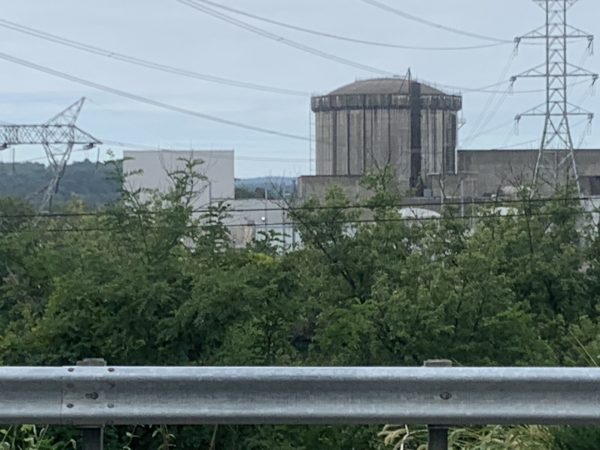
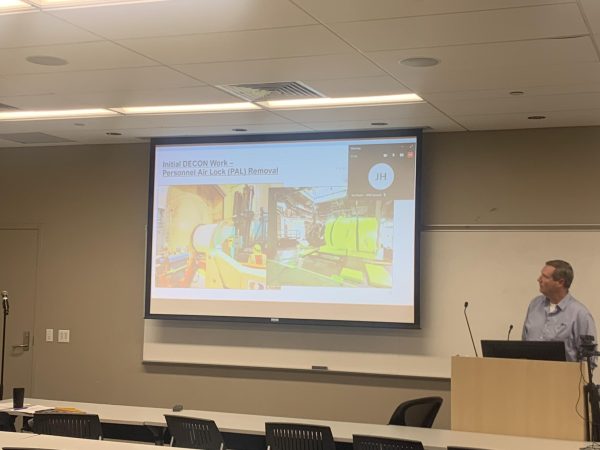
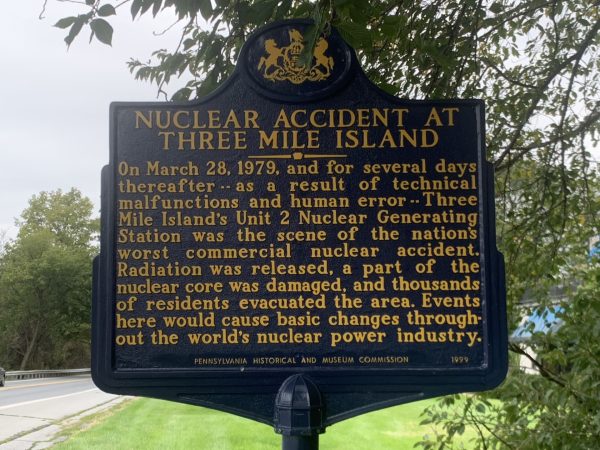
By the end of the meeting, the public was assured that the dismantling process was done with care and every measurement was taken to ensure the reactor is being dismantled safely.

